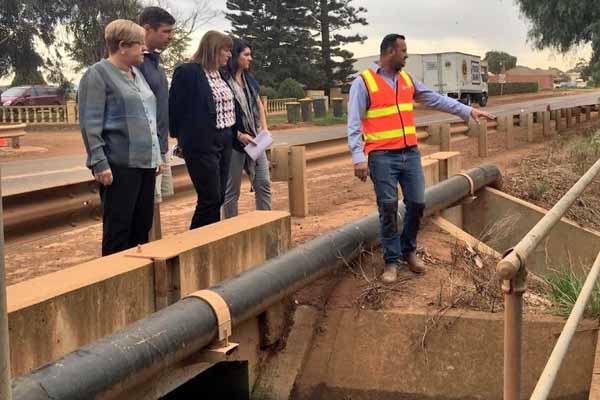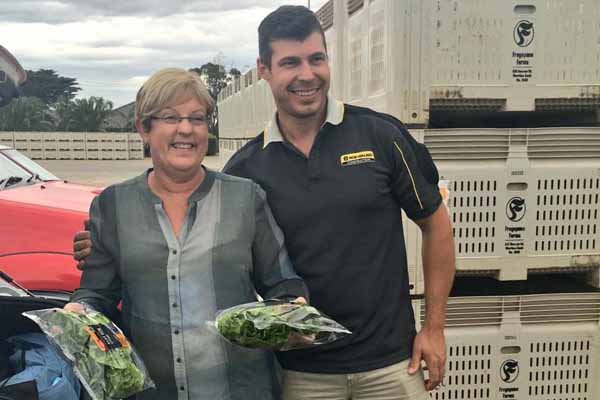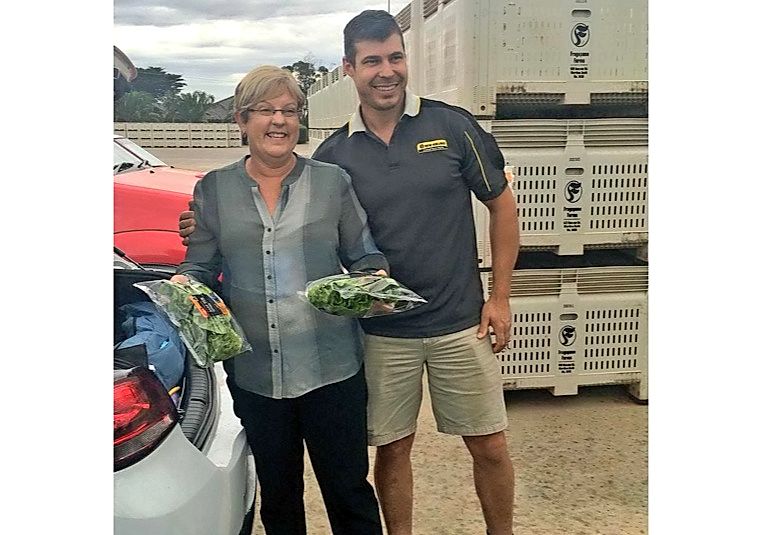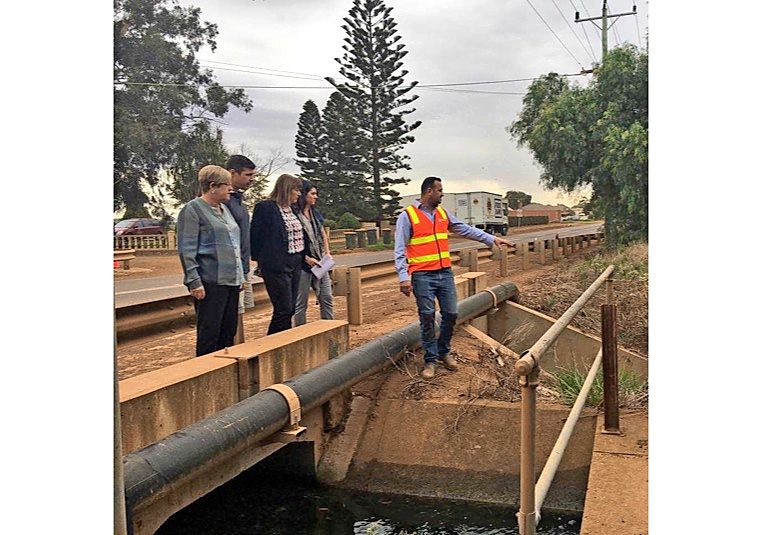
The upgrade of Werribee South’s ageing irrigation infrastructure will begin next month, with money in the state budget set aside to pipe the area.
On a visit to Werribee South last week, Water Minister Lisa Neville said the $11.4 million upgrade would mean 39 kilometres of open channels would be replaced with pipelines.
The project will be completed over several years in a three-way partnership with Southern Rural Water and the federal government.
By deadline, the state government had not said how much it would allocate in the 2016-17 financial year.
The existing channels are antiquated, losing about 45 per cent, or 7000 megalitres, a year.
“The current channel system will not get us through rainfall and climate change,” Ms Neville said.
Market gardeners have said repeatedly they believe the upgrade is pointless when the water is so high in salinity.
Ms Neville said the upgrade would combat levels of salinity.
“Firstly, I’d say the biggest thing that will make a difference here is piping,” she told
Star Weekly. “Once it’s piped, salinity levels will drop. This will save water and reduce salinity.”
She said Southern Rural Water and Melbourne Water were working together to find a strategy to improve salinity levels.
“The water treatment plant is going through a major $200 million upgrade at the moment, and I’ve asked them to factor anything else in that can make a difference around the salinity levels of water,” she said.
Responding to claims in the farming community that there was a lack of consultation about the upgrade, Ms Neville said the project had been in the works for more than six years.
“I know that some people have a different view of the region and what should happen, but this region is going to stay as a growing area and contributor to the economy,” she said. “Each individual farmer will be consulted as part of the program – on where the water outlets will go, and on what other decisions will be made.”










